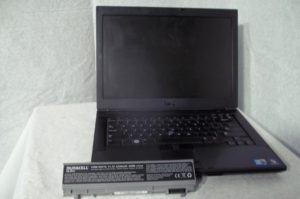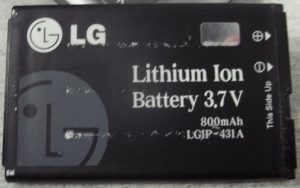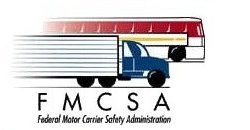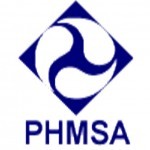Question (March 07, 2018):
Good day sir!
I am hauling 43,000 lbs of lithium ions UN3480 from NC to CA as truck driver. Are placards and proper shipping papers with emergency numbers required?
Lily M.
My reply that same day:
I can answer your question but I will need more information.
- Are the batteries being shipped for recycling or disposal?
- Are the batteries contained in equipment? Packed with (but not in) equipment? Or, are they packed alone?
- What is the Watt-hour rating for the batteries? If you do not know this, can you describe the batteries? Are they small round (button cell) batteries? If you do not know this, can you tell me what the batteries are meant to power: a mobile phone, lap top computer, something else?
- How are the batteries packaged?
His reply to my request for more information:
Q1: Are the batteries being shipped for recycling or disposal?
A1: I believe they are going recycling because we are coming from company called recycling
Q2: Are the batteries contained in equipment? Packed with (but not in) equipment? Or, are they packed alone?
A2: I am not sure of this question but they are in boxes.
Q3: What is the Watt-hour rating for the batteries? If you do not know this, can you describe the batteries?
A3: Description says nonferrous, lcd monitor
Q4: Are they small round (button cell) batteries? If you do not know this, can you tell me what the batteries are meant to power: a mobile phone, lap top computer, something else?
A4: Looks like it is for laptop or computer.
Q5: How are the batteries packaged?
A5: In boxes wrapped and secured low on ground.
I decided to answer his question the best I could based on the available information:
Thank you for providing that information. I do not yet have all of the information I would like to have but I think I can make the following determination:
- The shipment is excepted from most of the USDOT regulations if it meets the requirements of the packaging exception for lithium batteries sent for recycling or disposal. Requirements of the exception include, but are not limited to, the following:
- Packaged in strong outer packaging.
- Each package weighs no more than 30 kg (66 lb).
- Each package displays the lithium battery handling label or the lithium battery mark. Please note: as of January 1, 2019 the lithium battery handling label is no longer authorized for use. The lithium battery mark must be used.
Please note: this exchange took place prior to a new rule issued by USDOT/PHMSA for the transport of lithium batteries on March 6, 2019. As of that date this package must also display a package mark or label indicating the package is forbidden for transport by passenger aircraft. Read about the new rule here: New USDOT Regulations for the Transport of Lithium Batteries
- If packaged as indicated above, the following is not required:
- Other package labels or marks.
- Placards on the truck.
- HazMat shipping paper.
- Emergency information.
- HazMat Employee training for driver.
- HazMat endorsement on CDL.
Please note: The above is my best determination based on the information available. More information may result in a different determination.
I hope this helps. Please don’t hesitate to contact me with any other questions.
Contact me with any questions you may have about the generation, identification, management, and disposal of hazardous waste Daniels Training Services, Inc. 815.821.1550 |
His reply:
Yes sir. The shipper said no need to have all the paperwork done as HM and placard. Our company said we do. So you can see why were unsure what to do.
We just got pulled into weigh station for inspection and DOT officer saw the BOL acknowledging that we were hauling batteries. I am happy to report that we passed the inspection and report was noted that we are not carrying HM load.
So thank you very much for your help as you have helped clarified some things.
Have a great day sir! Sincerely, Lily
Conclusion:
As you can see, the regulations for the transportation of lithium batteries is complicated – and changing all the time! The way you transported or offered for transport lithium batteries in 2018 is not compliant in 2019. You can expect the regulations – domestic and international – to keep changing.
Like this article? Subscribe to my Monthly Newsletter No marketing emails! |
A good way to stay on top of the changes is to subscribe to my monthly newsletter, schedule Onsite or Webinar training, and contact me with questions like Lily M did.










 ations (final or proposed) will affect your operations, and communicate the necessary information to your personnel. I can help you to do that.
ations (final or proposed) will affect your operations, and communicate the necessary information to your personnel. I can help you to do that.